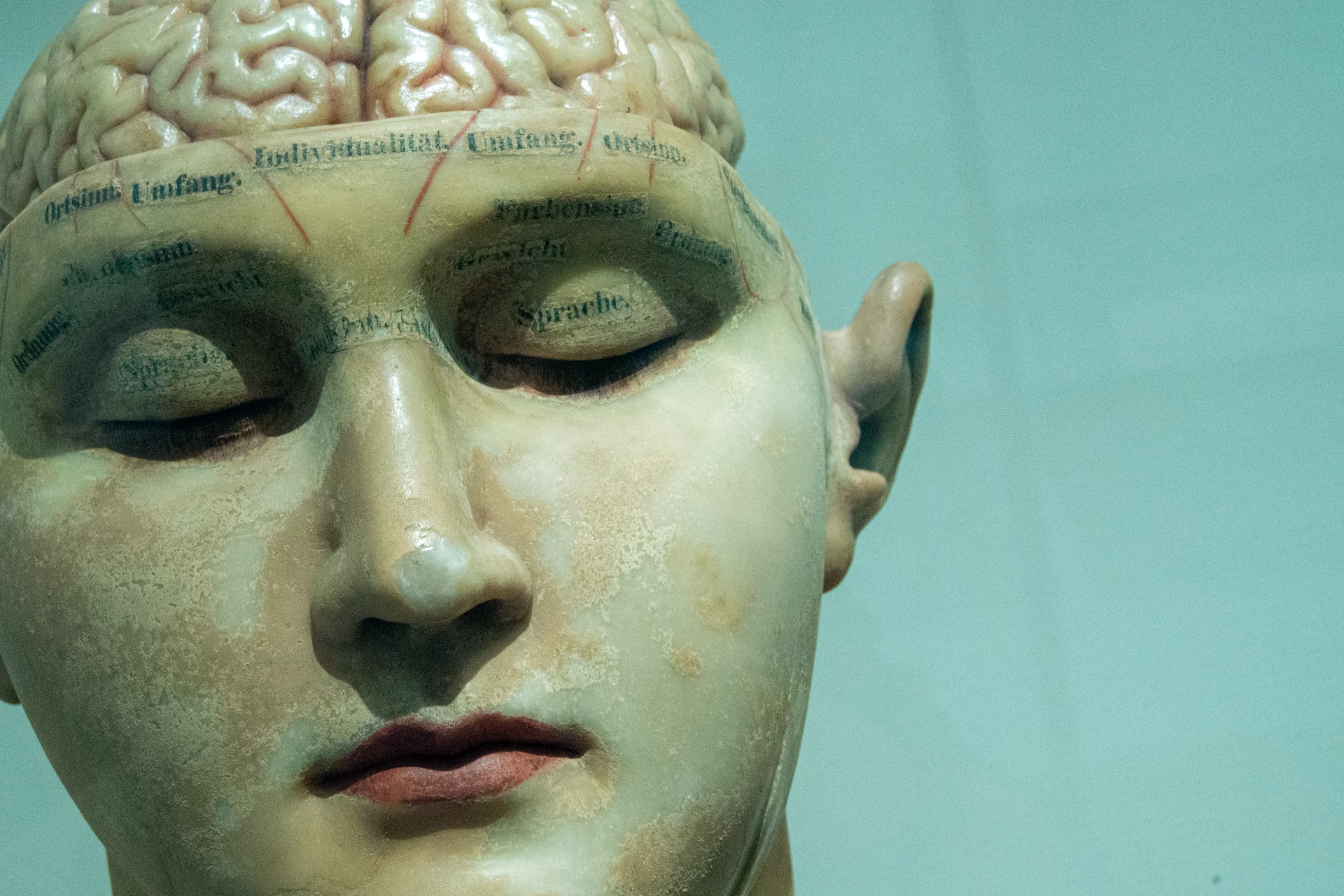Tell me about cerebral lupus
Cerebral lupus, also known as neuropsychiatric lupus, is a lesser-known but serious complication of systemic lupus erythematosus (SLE), a chronic autoimmune disease. While SLE primarily affects the joints, skin, and internal organs, cerebral lupus specifically targets the central nervous system (CNS). This can lead to a range of neurological and psychiatric symptoms that significantly impact a person’s quality of life.
To understand cerebral lupus, we must first understand SLE. Systemic lupus erythematosus is a chronic, inflammatory autoimmune disease that occurs when the immune system mistakenly attacks healthy tissues and organs. This can result in inflammation and damage to various parts of the body, including the skin, joints, kidneys, heart, lungs, and brain. According to the Lupus Foundation of America, approximately 50% of individuals with SLE will experience some form of CNS involvement, with many of them developing cerebral lupus.
Cerebral lupus can manifest in a variety of ways, making it a challenging condition to diagnose and treat. The most common symptoms are neurological, including headaches, seizures, and cognitive dysfunction such as memory loss and difficulty concentrating. However, it can also present as psychiatric symptoms, such as anxiety, depression, psychosis, and mood disorders. These symptoms can be debilitating and significantly impact a person’s daily life.
The exact cause of cerebral lupus is still unknown. However, researchers believe that it is a combination of genetic and environmental factors. People with a family history of SLE or other autoimmune diseases are more likely to develop cerebral lupus. Environmental triggers such as infections, certain medications, and hormonal changes have also been linked to the development of the condition.
Diagnosis of cerebral lupus can be challenging due to its varied symptoms and lack of specific tests. A thorough evaluation by a rheumatologist or neurologist along with imaging tests such as MRI and CT scans can help in the diagnosis. Blood tests to check for abnormalities and inflammation may also be performed. A hallmark of cerebral lupus is the presence of antiphospholipid antibodies, which can be detected through blood tests.
Treatment for cerebral lupus aims to control symptoms, prevent further damage to the CNS, and improve overall quality of life. It typically involves a combination of medications, including corticosteroids, immunosuppressants, and anticoagulants. Non-pharmacological approaches, such as physical therapy, occupational therapy, and counseling, can also be beneficial in managing symptoms and improving daily functioning.
Living with cerebral lupus can be challenging, both physically and emotionally. The unpredictable nature of the disease can leave individuals feeling anxious and overwhelmed. It is essential to have a strong support system and work closely with healthcare professionals to manage symptoms effectively. Self-care practices, such as getting enough rest, eating a healthy diet, and managing stress, can also make a significant difference in managing the condition.
In conclusion, cerebral lupus is a serious complication of SLE that affects the central nervous system. Its symptoms can range from neurological to psychiatric and can significantly impact a person’s daily life. While there is currently no cure for cerebral lupus, early detection, proper treatment, and self-care practices can help individuals lead fulfilling lives despite their diagnosis. Further research into the causes and treatments of cerebral lupus is necessary to improve outcomes and quality of life for those living with this condition.





